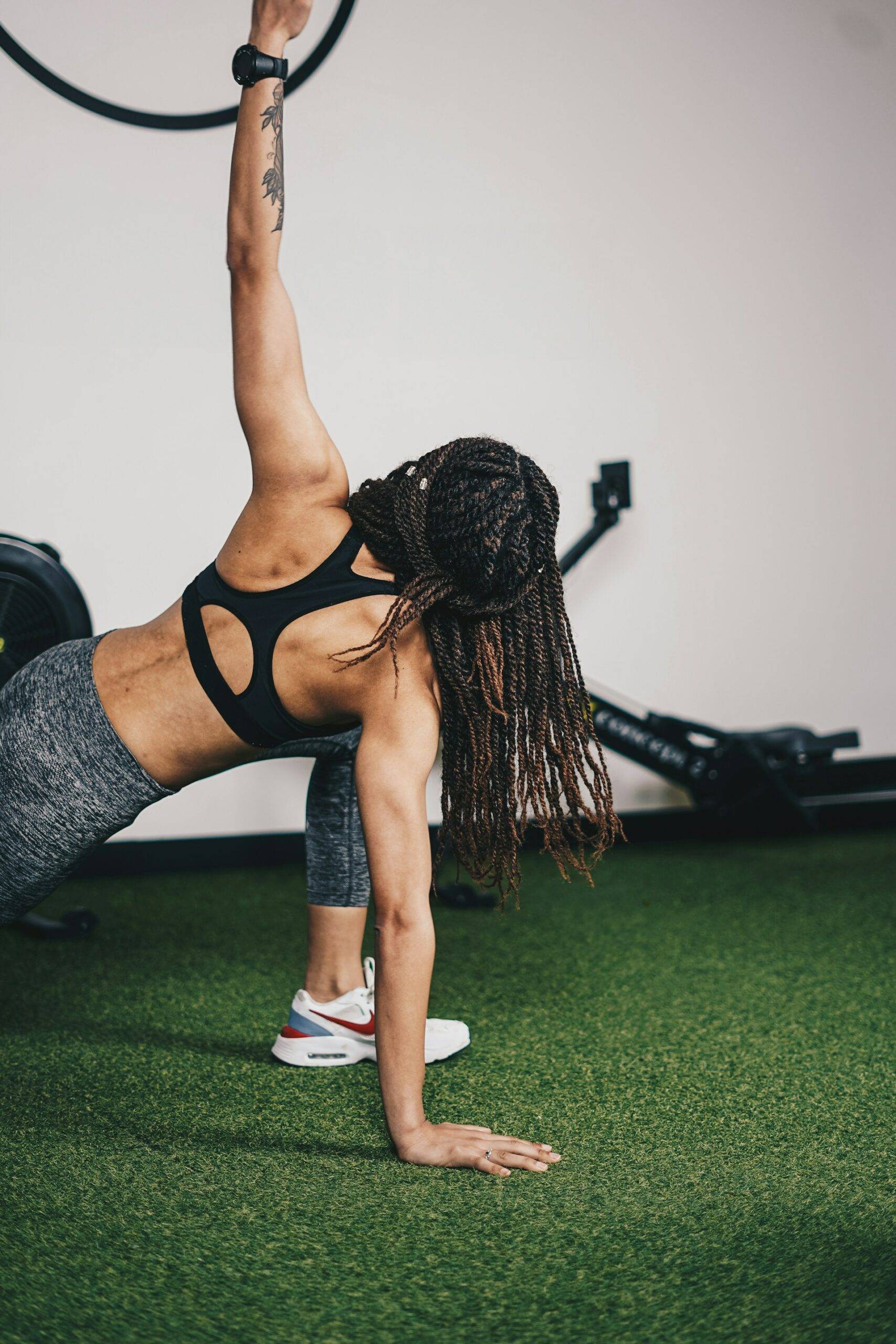F45 Workouts and Overuse Injuries: Train Smart, Stay Safe
F45 Training has gained immense popularity for its high-intensity, functional workouts that combine strength and cardio to deliver impressive fitness results.
However, the demanding nature of F45 workouts can sometimes result in overuse injuries, particularly for individuals who push their limits without adequate recovery or attention to proper form. At Direct Orthopedic Therapy in Jacksonville Beach, FL, we often see athletes and fitness enthusiasts dealing with the effects of overuse injuries from high-intensity training programs like F45. In this article, we will explore the most common overuse injuries associated with F45 workouts and provide practical tips on how to train smart, stay safe, and avoid injury.
What Are Overuse Injuries in F45?
Overuse injuries occur when repetitive stress is placed on muscles, joints, and tissues without allowing adequate time for recovery. Unlike acute injuries that happen suddenly (like sprains or fractures), overuse injuries develop gradually and are often linked to poor form, muscle imbalances, or failing to listen to your body’s signals. In high-intensity programs like F45, where participants are encouraged to push hard for extended periods, these injuries are common. The most affected areas often include the shoulders, knees, lower back, and wrists.
Common Overuse Injuries in F45 Workouts
1. Rotator Cuff Tendonitis: One of the most frequent injuries seen in F45 athletes involves the shoulder, particularly the rotator cuff. Repetitive overhead movements like presses, pull-ups, and kettlebell swings can cause strain on the rotator cuff tendons, leading to inflammation and discomfort. Without proper rest or correction, this condition can worsen into tendonitis or even a tear.
2. Patellar Tendonitis (Jumper’s Knee): F45 workouts often incorporate high-impact exercises such as box jumps, lunges, and squats. These movements can put a significant strain on the knee, particularly the patellar tendon, resulting in inflammation and pain. Over time, the constant impact can lead to patellar tendonitis, also known as “jumper’s knee.”
3. Lower Back Stain: Another common issue in F45 athletes is lower back pain or strain, often caused by improper form during exercises like deadlifts, burpees, or rowing. The lower back muscles work hard to stabilize the body during these movements, and overuse without proper recovery can lead to persistent pain and discomfort.
4. Wrist Strain: With exercises like push-ups, planks, and burpees being staples of F45 workouts, wrists can take a lot of stress. Repeatedly bearing weight on the wrists without proper wrist mobility or strength can cause strain or injury, leading to chronic pain.
5. Achilles Tendonitis: The Achilles tendon, located at the back of the ankle, is often overworked during high-intensity training, particularly in movements like running, jumping, or sprinting. This can lead to Achilles tendonitis, where the tendon becomes inflamed and painful, making it difficult to continue high-impact workouts.
How to Prevent Overuse Injuries in F45 Workouts
1. Prioritize Proper Warm-Up and Mobility: One of the most important ways to prevent overuse injuries is by ensuring a proper warm-up. Dynamic stretching and mobility exercises can help prepare your body for the intense workload of an F45 session. Focus on increasing the mobility of your shoulders, hips, and ankles before each workout to reduce the risk of injury.
2. Use Correct Form and Technique: Many overuse injuries in F45 are the result of improper technique. Whether you’re performing a deadlift, squat, or push-up, ensuring your form is correct is crucial to avoiding strain. Working with a physical therapist or a certified trainer to assess your form can be highly beneficial in preventing injury.
3. Strengthen Supporting Muscles: Overuse injuries often stem from muscle imbalances. To counteract this, it’s important to incorporate strength training that targets the smaller, stabilizing muscles of the body. For example, exercises that strengthen the rotator cuff, core, and hip muscles can help provide stability and prevent injuries to the larger muscle groups.
4. Listen to your body: It can be tempting to push through pain during a high-intensity workout, but doing so can result in further injury. Pay attention to signs of overuse, such as soreness that doesn’t go away after a couple of days, or pain that worsens with activity. Take rest days seriously, and don’t hesitate to modify or skip exercises that aggravate existing pain.
5. Incorporate Physical Therapy into Your Routine: Regular visits to a physical therapist can be an excellent way to prevent and manage overuse injuries. At Direct Orthopedic Therapy, our personalized treatment plans not only help you recover from injuries but also educate you on how to avoid them in the future. By focusing on mobility, strength, and proper body mechanics, we help athletes safely participate in intense workouts like F45 without risking their health.
Conclusion
F45 is an excellent way to stay fit and challenge yourself, but the risk of overuse injuries should not be ignored. By training smart—focusing on form, mobility, and recovery—you can enjoy the benefits of these intense workouts while minimizing the risk of injury. If you’re dealing with pain or discomfort from overuse injuries, Direct Orthopedic Therapy in Jacksonville Beach can provide you with the physical therapy and support needed to recover and return to your workouts safely.



